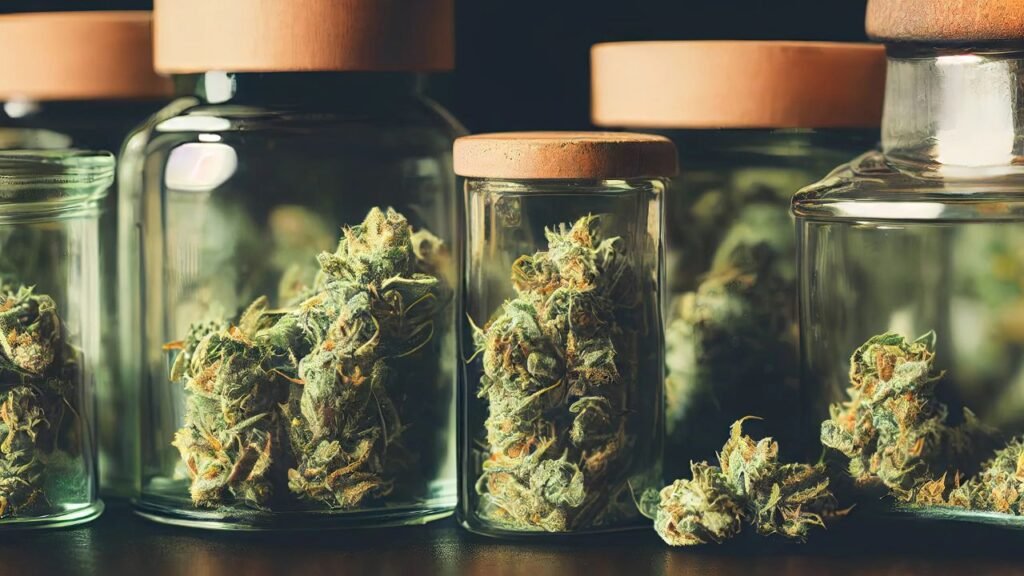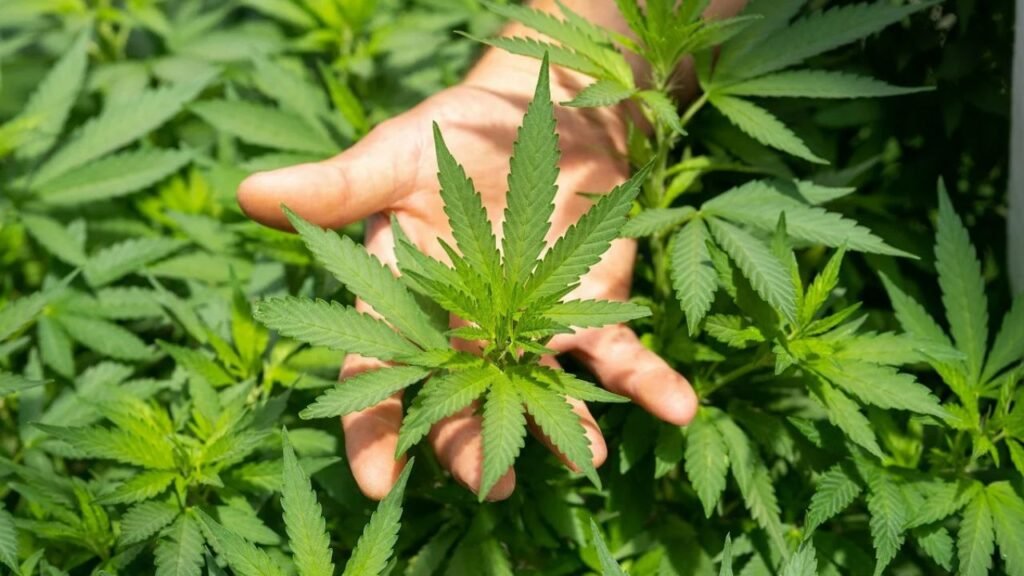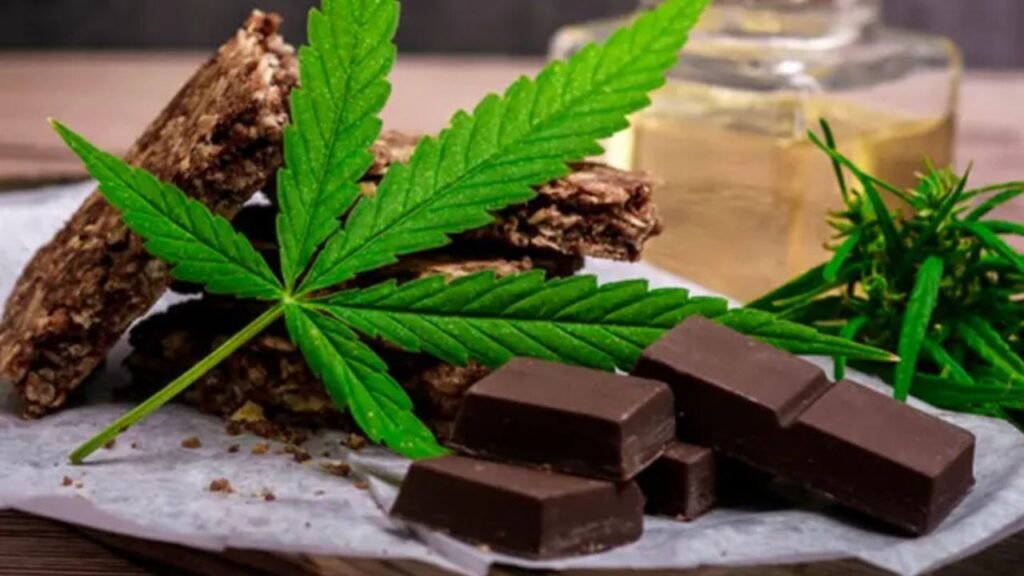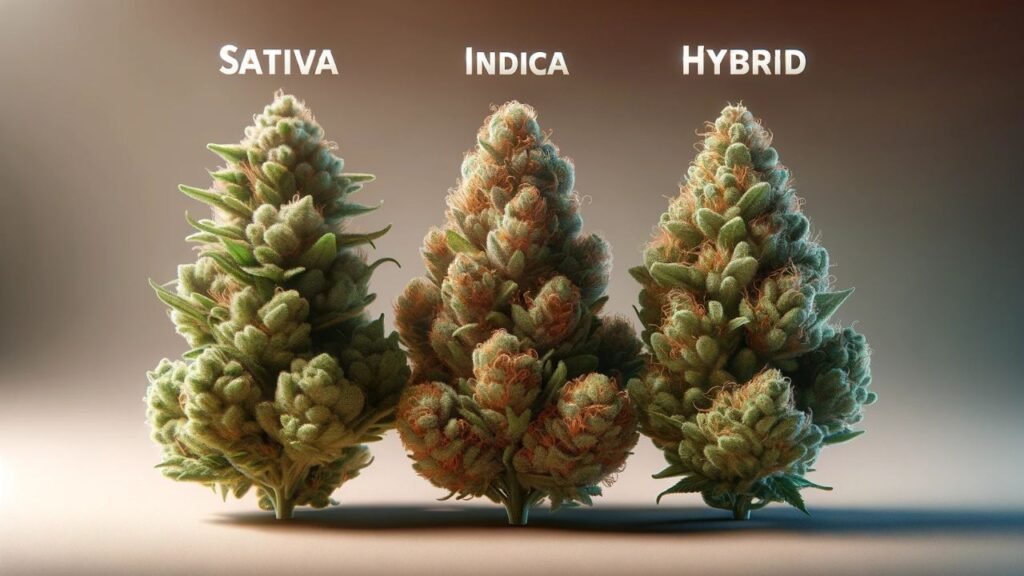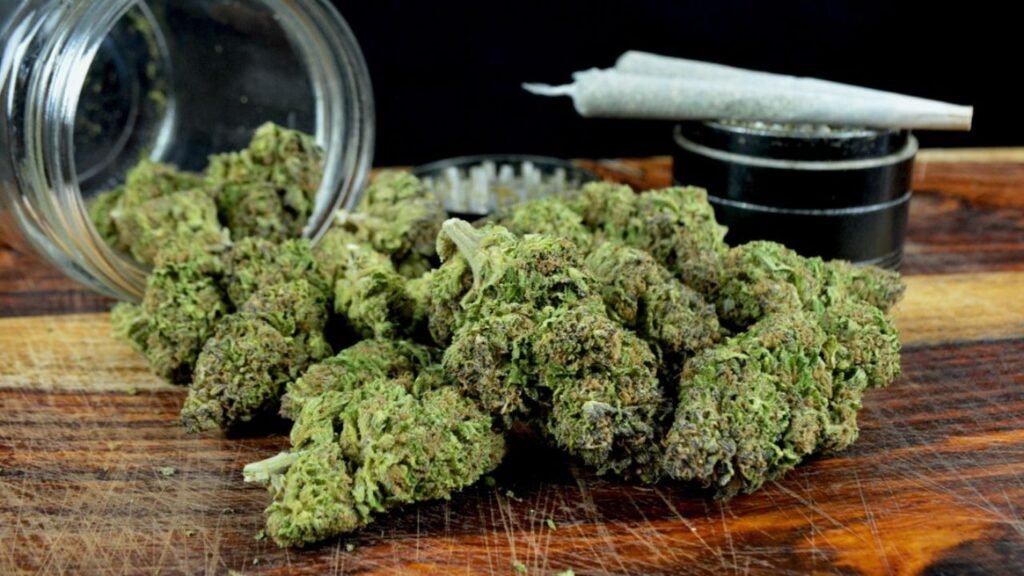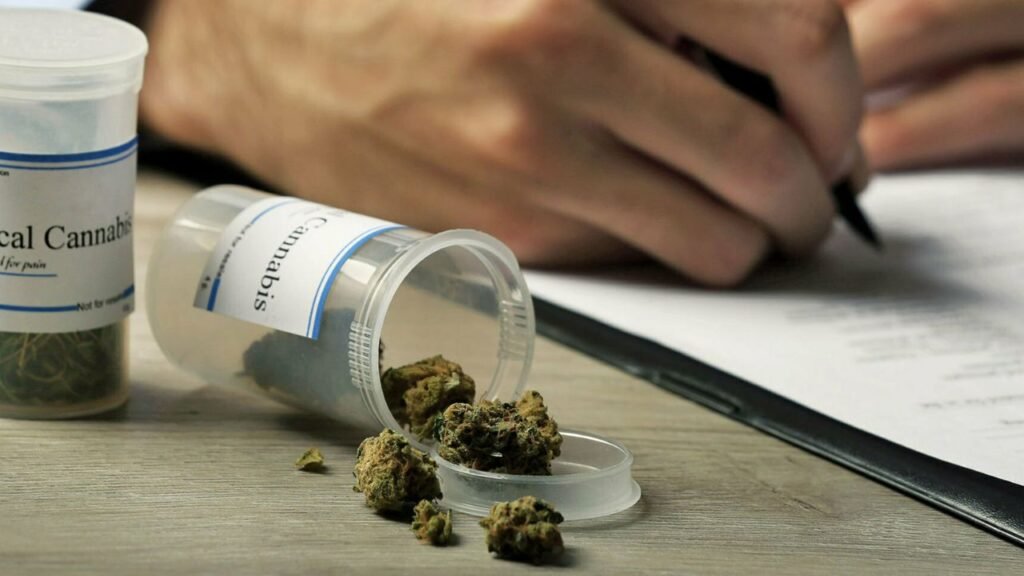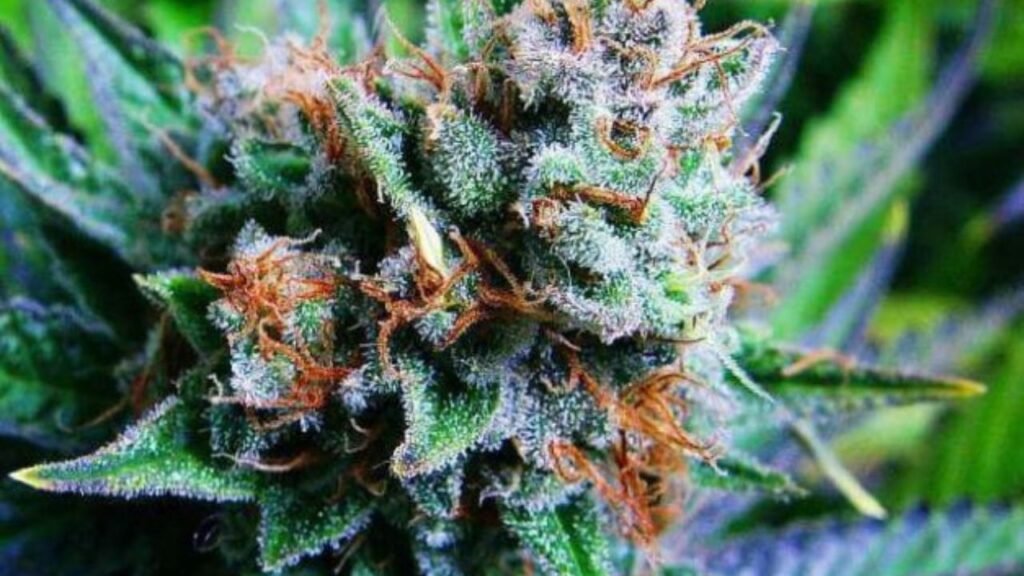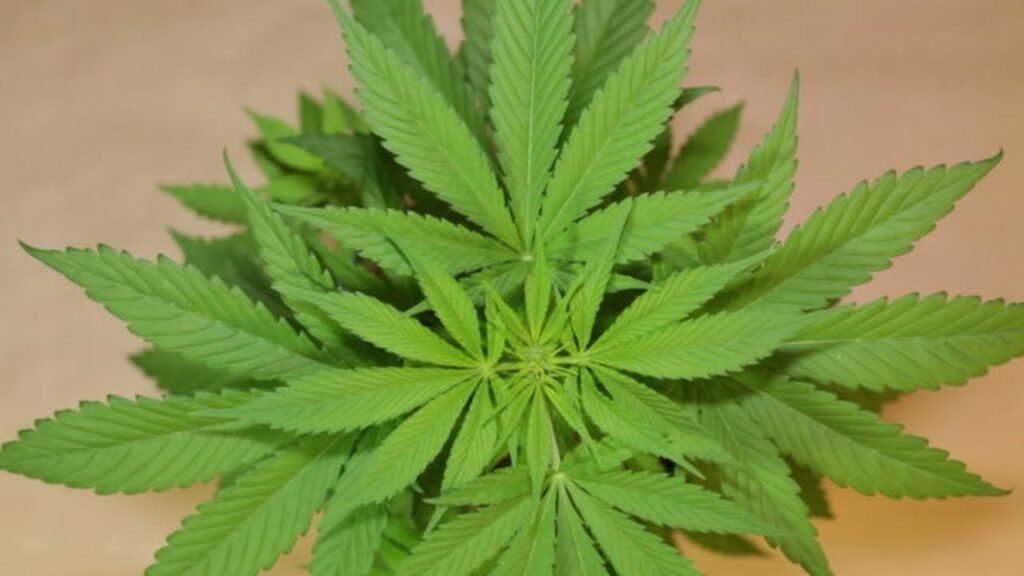How to Create an Auto Flower Feeding Schedule
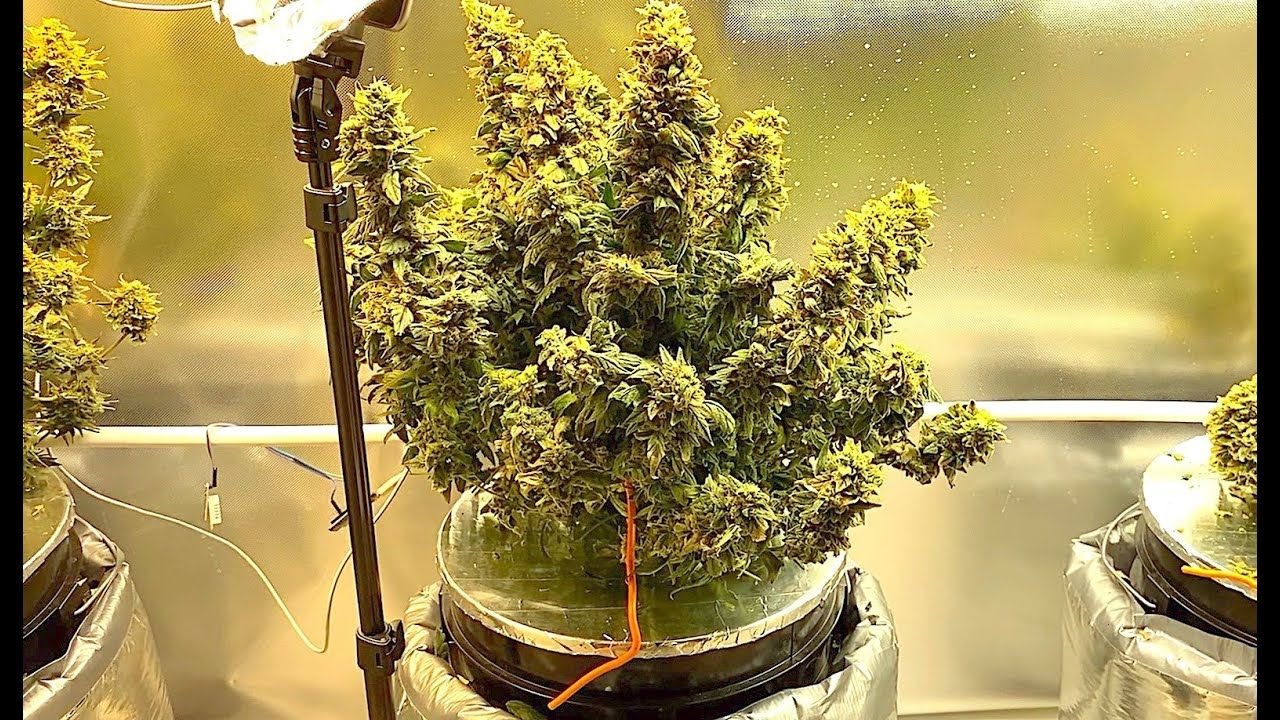
Creating the perfect auto flower feeding schedule can make or break your grow. Autoflowers are unique. They grow fast, bloom on their own, and have specific nutrient needs. Whether you’re growing in soil or hydroponics, feeding them right is key to healthy buds and high yields. In this guide, you’ll learn how to build an autoflower feeding schedule, an autoflower feeding schedule for hydro, including how to adjust for hydro systems. We’ll also walk you through every growth stage—seedling to harvest—with tips to keep your autoflower thriving.
Why Autoflowers Need a Specific Feeding Schedule
Autoflowers don’t wait for you. They switch to flowering automatically, often by week 3 or 4. That means less time for error. Unlike photoperiod strains, you can’t delay flowering by changing the light cycle.
Because of their quick lifecycle, you must:
-
Feed them correctly and consistently
-
Avoid overfeeding or underfeeding
-
Know when to switch from veg to bloom nutrients
This is where a structured auto flower feeding schedule becomes critical.
Key Nutrients Autoflowers Need
Before building your schedule, let’s review the essential nutrients:
Macronutrients:
-
Nitrogen (N) – Promotes leaf and stem growth during the vegetative phase.
-
Phosphorus (P) – Aids root development and supports flowering.
-
Potassium (K) – Supports overall plant health, strengthens stems, and boosts buds.
Micronutrients:
-
Calcium, magnesium, iron, manganese, zinc, boron, copper – Required in smaller amounts but vital for balance. Hydro growers should monitor nutrient levels closely, as they can spike quickly.
Autoflower Feeding Schedule Overview
Let’s break it down week-by-week for soil and hydro setups.
Week 1: Germination & Seedling Stage
What to Feed:
-
Just pH-balanced water (5.8–6.0 for hydro; 6.0–6.5 for soil)
Week 2: Early Vegetative Stage

Auto Flower Feeding Schedule (Hydro):
-
EC: 0.4–0.6
-
pH: 5.8
-
Start feeding a light veg formula: 25–30% of full strength
-
Optional: Add Cal-Mag
Soil Growers:
-
Use pre-fertilized soil, or begin light feeding if the plant shows signs of hunger (pale leaves)
Week 3: Mid Veg Stage
Autoflower Feeding Schedule (Hydro):
-
EC: 0.6–0.8
-
pH: 5.8
-
Increase veg nutrients to 50–70%
-
Add Cal-Mag if needed
Week 4: Pre-Flower / Transition Phase
Autoflower Weed Feeding Schedule for Hydro:
-
pH: 5.8–6.0
-
Mix both veg and bloom nutrients at a 50/50 strength
-
Add enzymes to help root zone cleanliness
Week 5–6: Full Flowering Stage
Autoflower Nutrient Schedule (Hydro):
-
EC: 1.0–1.2
-
pH: 6.0
-
Use full bloom nutrients
-
Add PK boosters (phosphorus and potassium enhancers)
-
Reduce nitrogen
Soil Growers:
-
Use high P-K bloom boosters, and flush lightly once a week.
Week 7–8: Peak Flowering
Auto Flower Feeding Schedule for Hydro:
-
EC: 1.2–1.4
-
pH: 6.0–6.2
-
Maintain high bloom nutrients
-
Boost with small doses of sugar-based enhancers or molasses (if compatible)
Weeks 9–10: Ripening Phase
Autoflower Weed Feeding Schedule:
-
EC: Drop to 0.8–1.0
-
Begin reducing nutrient strength
-
Stop nitrogen completely
-
Continue bloom supplements, but reduce in the final week
Final Week: Flush Before Harvest
Autoflower Feeding Schedule for Hydro:
-
Use only pH-balanced water
-
EC: Close to 0.0
-
pH: Maintain at 6.0
Sample Autoflower Feeding Schedule for Hydroponics
| Week | EC Level | Nutrients | Notes |
|---|---|---|---|
| 1 | 0.2–0.4 | None or seedling root booster | Low stress |
| 2 | 0.4–0.6 | Veg nutrients (25%) + Cal-Mag | Start light feeding |
| 3 | 0.6–0.8 | Veg nutrients (50–70%) | Monitor fast growth |
| 4 | 0.8–1.0 | 50/50 Veg + Bloom nutrients | Transition begins |
| 5–6 | 1.0–1.2 | Full bloom + PK boost | Flowering is in full swing |
| 7–8 | 1.2–1.4 | Bloom max strength | Buds bulk up |
| 9–10 | 0.8–1.0 | Reduce bloom, cut nitrogen | Prepare to flush |
| 11 | 0.0–0.2 | Water only | Flushin stage |
Signs You Need to Adjust Your Autoflower Feeding
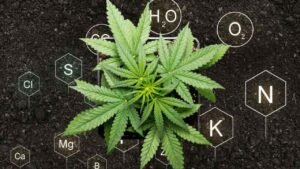
-
Yellow leaves during veg = Not enough nitrogen
-
Burnt leaf tips = Too many nutrients
-
Purple stems = Possible magnesium deficiency
-
Slow growth = Weak feeding or root issues
-
Dark green, clawing leaves = Nitrogen toxicity
Always respond quickly. With autos, timing is everything.
FAQs:
Q1: What is an auto flower feeding schedule?
An auto flower feeding schedule is a week-by-week plan for giving autoflowering cannabis the right nutrients during each stage of growth.
Q2: Why do I need an auto flower feeding schedule for hydro?
In hydroponics, plants absorb nutrients faster. A structured auto flower feeding schedule for hydro helps prevent overfeeding or nutrient deficiencies.
Q3: How does an autoflower feeding schedule differ from a photoperiod feeding?
Autoflowers grow faster and switch to flowering automatically. Their feeding schedule requires quicker transitions from veg to bloom nutrients.
Q4: What is the ideal autoflower nutrient schedule?
Start with low nitrogen in the seedling stage, increase nitrogen during veg, then switch to higher phosphorus and potassium during flowering.
Q5: How often should I feed my autoflower in hydro?
Daily or multiple times a day, depending on system type (like DWC or drip). Always monitor EC and pH levels closely.
Q6: What EC and pH levels should I follow for an autoflower weed feeding schedule for hydro?
Maintain EC between 0.4–1.4, depending on stage. Keep pH between 5.8–6.2 for optimal nutrient uptake in hydroponics.
Q7: Can I use the same autoflower feeding schedule for all strains?
Not always. Some autoflowers are more nutrient-sensitive. Always start with a lighter dose and adjust based on your plant’s reaction.
Q8: What happens if I overfeed during my autoflower feeding schedule?
Overfeeding can cause nutrient burn, leaf curling, and stunted growth. Always watch for signs and adjust feeding levels accordingly.
Q9: Is Cal-Mag necessary in my autoflower weed feeding schedule for hydro?
Yes. Calcium and magnesium are vital in hydro systems. Most growers include Cal-Mag throughout the veg and early flower stages.
Q10: When should I start bloom nutrients in my auto flower feeding schedule?
Begin transitioning to bloom nutrients by Week 4, when pre-flowers first appear. Fully switch to bloom formulas by Week 5.
Call to Action:
Ready to build your autoflower feeding schedule? Use this guide, track your plant’s response, and grow your best buds yet!
Conclusion:
Autoflowers grow fast, so their feeding schedule must be dialed in. Whether you’re growing in soil or creating an autoflower feeding schedule for hydro, the key is balance. Start slow, increase gradually, and monitor EC and pH. Use the right mix of nutrients for each stage. A well-managed autoflower weed feeding schedule for hydro can boost yield, enhance taste, and keep your plant stress-free. With a proper autoflower nutrient schedule, you can grow healthy, dense buds every time.
Read More>>>>>>> How to Create an Auto Flower Feeding Schedule


